PARADE make the ear want to follow and the mind’s eye to see. A light with no shadow. Something slides by in the night, moving closer than you think. The trees are ablaze and so is the debris outside the graffiti-scrawled shutters of a local shop in the silent hours of the morning. Nobody puts the fire out.
The eight-piece group was conceived in Brighton, but the underbelly of South-East London is where they would be born. They seemed to appear suddenly yet fully formed, like a circus had rolled into town and set out their smoke, mazes and mirrors. Armed with only two singles, the collective declared their influences to include The Velvet Underground, Judy Garland, Wim Wenders and Dadaism.
Peculiar though it may be to imagine, their music demands a certain suspension of disbelief. The uncanny and unreal – abstract images and the language of cinema – are better lenses through which to understand PARADE than any musical genre. “Picking Flowers” slinks into focus as if it were the opening score to a film noir, as a curdling saxophone and coiling tension cuts through the dark; a woman leads the way with a full-bodied yet supernatural voice which bleeds into a kind of Mediterranean longing. And then there is “Que?”, its darker double: guitars groan like rusty switchblades driven by punk’s volatility, the chorus landing like teeth on concrete. This time, another, darker voice. Each song is so total in its world-building that it takes on the quality of a shared hallucination.
Only a few biographical details had been shared about PARADE: among their ranks is a painter and animator of international recognition, a musician who got into Guildhall after never having studied music before, a fashion designer and an in-house engineer for Abbey Road Studios. Italian and Greek heritage intermingle, and there is a Russian doll’s nest of projects within PARADE including the atonal punk band CLAY FOOT. For the first time, these far-flung talents have come together on debut mixtape, Lightning Hit the Trees.
It was recorded in a shipping container in Forest Hill on basic, often broken equipment – and it was also recorded at a studio in the Print Village in Peckham, an industrial unit which they share with a toothpaste maker, a woman who boils down animals to make jewellery and fellow South East London prodigy Sam Akpro. And it is there that I meet PARADE for the first time - almost all of them, in fact, because no one member is more prominent than the other. This isn’t a democratic nicety as much as it is a creative fact. So here they are. The cast sit on a wooden bench and a sprawl of garden chairs in the industrial space outside, finishing their cigarettes.
They invite me into their small shared studio complete with neglected instruments and the obligatory Persian rug that seems to appear in every recording space. Settling into their own corners, the group arrange themselves in an accidental tableau. There is Yottie at the piano wearing a suit: the British-Greek musician, producer and painter who creates the glitches in PARADE’s sound-worlds, those unsettling details that burrow under your skin. Owen sits against the wall at his feet, the group’s poet, singer and guitarist who coined the title for Lightning Hit the Trees and the lyrics which hold a mirror up to its uncanniness. He met Jago (absent, called to Milan Fashion Week for his work as a designer) in nursery and they have played music together since they were eight-years-old.
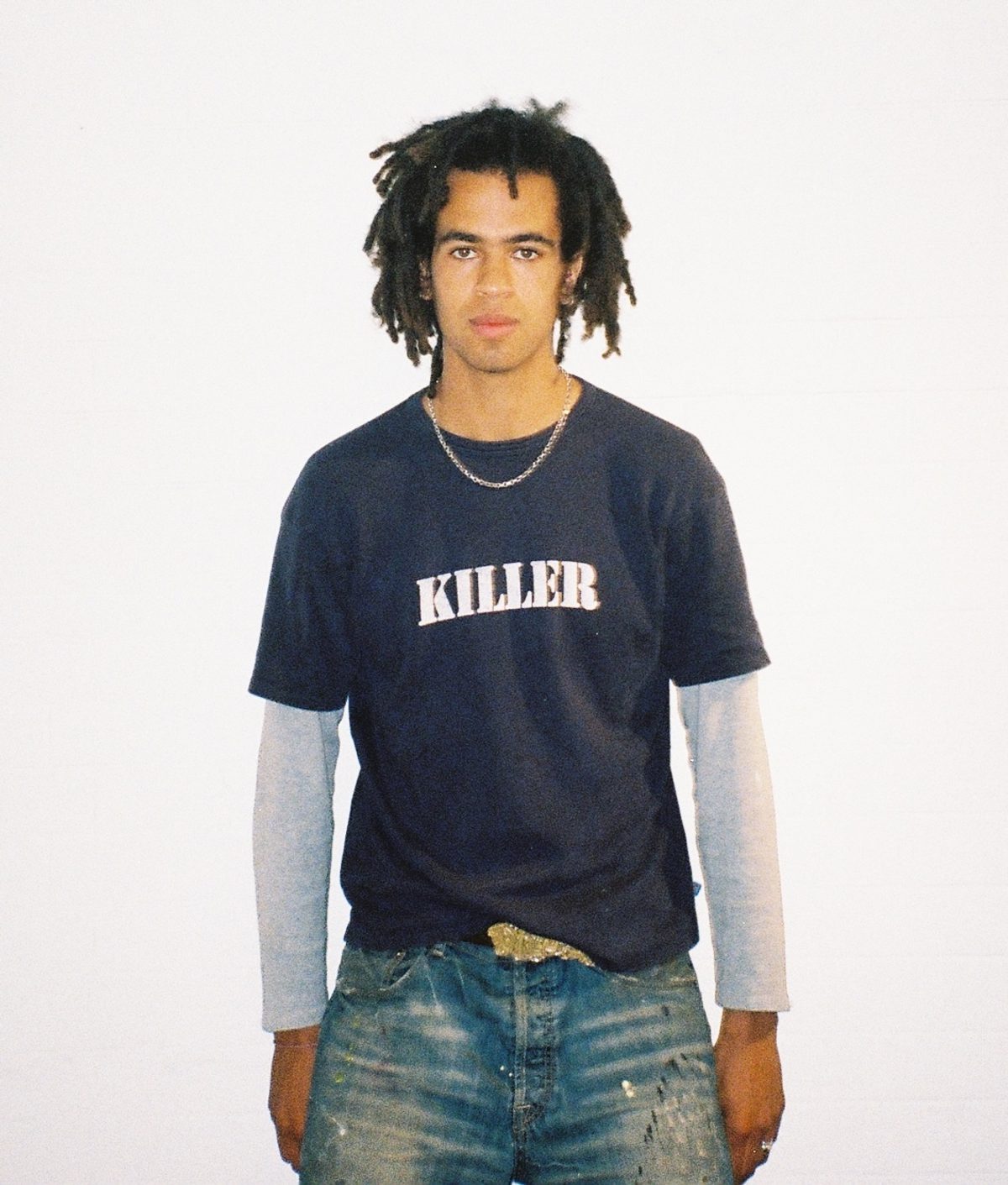 Toby
Toby
 Isaac
Isaac
Isaac, their saxophonist who conjures up the project’s nocturnal qualities, was invited to join the group when they overheard him playing in the flat downstairs in London and invited him up. And then there is Fiorella, PARADE’s prima donna in Ed Hardy. Her voice is rich in its Italian heritage; there is a depth of feeling, an exaltation of emotion, that draws from an ancestral wellspring. She could be a star in any era, seemingly reincarnated for this one. Louie is absent, but his vocals take on a cinematic quality as on “Reach”, where he sounds like an Old Hollywood film star drowning in a lake of silver.
Their producer and engineer Callum who has works in-house at Abbey Road by day and the likes of Pa Salieu and Felix Joseph by night, turns up late because he makes music in every hour God sends – or, in his own words, “I’m fucking obsessed with world-building”. He is their file keeper, and the screams you hear on “Que?” are his. And finally, there is Toby sitting at the drum kit, an acclaimed painter and animator who blends collage and painting to conjure surreal street scenes. For PARADE, he is bass player, lyricist; for today, he is facilitator, helping to streamline the thoughts of a group of such sprawling ambition.
But this is just how PARADE have always been, long before they were PARADE as we know it. After college back in Brighton, they would all head to Jago’s attic which was a hive for like-minded musicians eager to create. “We wanted to make things as weird as possible and push the boat out as far as we could,” notes Yottie. In those early days, Owen, Toby and Jago along with other friends would form the band which would become CLAY FOOT – the project from which PARADE inherited its bite.
As a collective, they would perform at shows together and showcase their own projects: Fiorella would sing, some of them would rap, and Owen and Callum had their own group. “There have been loads of half-realised things along the way, and this is the most well-constructed so far, I think. This has been the first time that we’ve made one thing from start to finish,” says Toby.
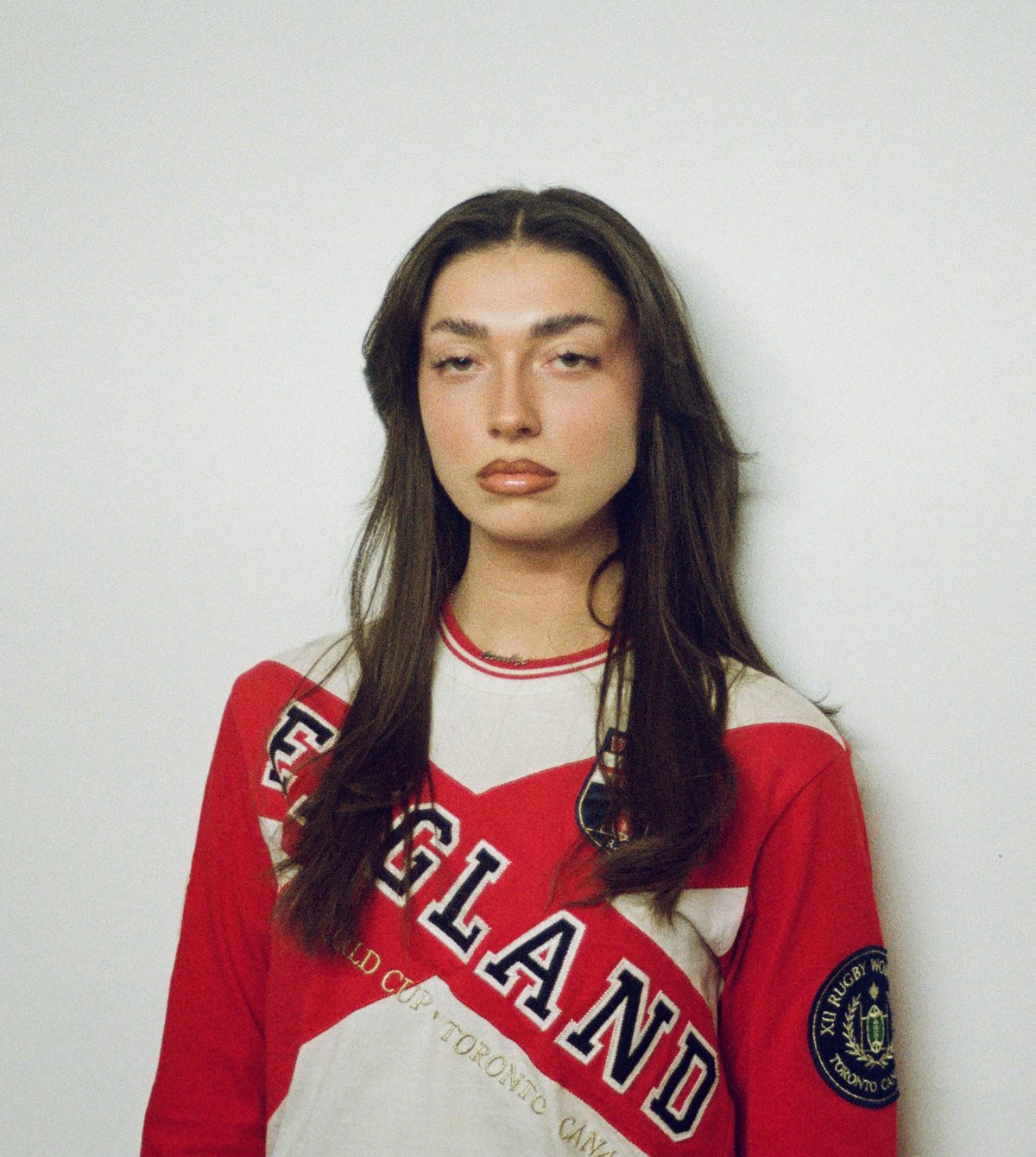 Fiorella
Fiorella
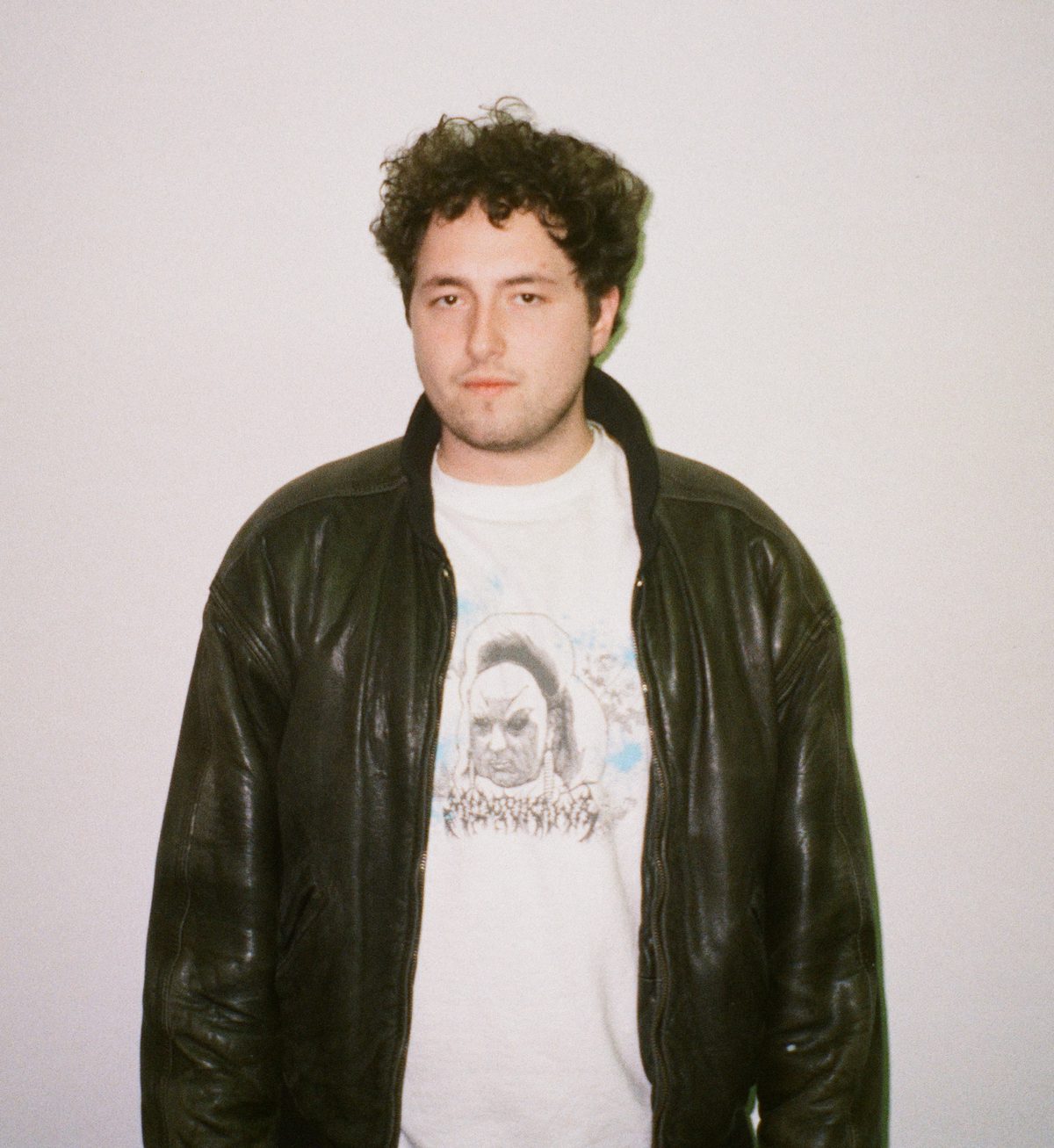
Over the years, their songs together had started to accumulate on a hard drive. After an earlier iteration of CLAY FOOT had released their music via South East London label Rhythm Section, they were introduced to their current manager for the new, amorphous music that would become PARADE. “He saw we had all this energy, all these ideas, so I met him in East London,” recalls Toby, “and he was like, ‘Who would you want to work with if you could work with anyone? And I was like, ‘Oh, my mates…’” Their manager would later go to their shared house in Nunhead, and together they decided to concentrate these far-flung ideas and collaborators into something concise – this time, from scratch.
The scope of PARADE is something they’re still wrestling with. They stray away from “collective” and lean toward the ironic tones of “conglomerate” or “business enterprise”. “There are so many different talents in this group that it’s fun to play with the presentation of it all,” says Isaac. “It’s not quite a band.” And then Toby affirms, “No, it’s not really a band. It doesn’t feel hierarchical at all – and just because we’ve made a mixtape doesn’t mean that’s the limit of what we’re doing. We’re just mates.” Fiorella agrees: “That’s the foundation of it, and that’s why it can be so fluid and easy to create – it’s kind of unlimited, what we do, because there’s a level of trust and connection.” Together, in a chain reaction of trying to find the word for it, PARADE finally describe themselves as a game of exquisite corpse.
Lightning Hit the Trees is an odyssey of ten tracks, made in two weeks. “It’s kind of crazy it’s become that small,” notes Isaac. Everyone is so fiercely a character within PARADE’s universe that to condense them into 45 minutes without compromising on space or style is quite remarkable, really. “We’ve been making music for years, but we’ve never worked like this before,” Callum says.
The inspiration for the name PARADE came from an object found by Toby and Louie in a shop of trinkets and taxidermy in Nunhead, when they first moved to the city. Entertaining the idea of the group being like different floats taking to the street - the name first glimpsed in a place of curiosities - felt just about right for who they are.
There is something undeniably South East London about PARADE which is more than a coincidence of geography. With a litany of arts colleges and music schools, and the fusion of its diverse communities and their influences, this corner of the city has a history of producing era-defining musicians: King Krule, Ezra Collective, David Bowie, James Blake, A.G. Cook and Black Midi, to name but a few. It’s a breeding ground for sounds which have reinvented popular music; its artists are often fathoms ahead of their own time. “I think we arrived here thinking, ‘Oh, maybe there will be a scene’ – but it seems like we missed the boat for that,” Toby jokes, apparently unaware of the significance of what they are carving for themselves within it.
 Louie
Louie
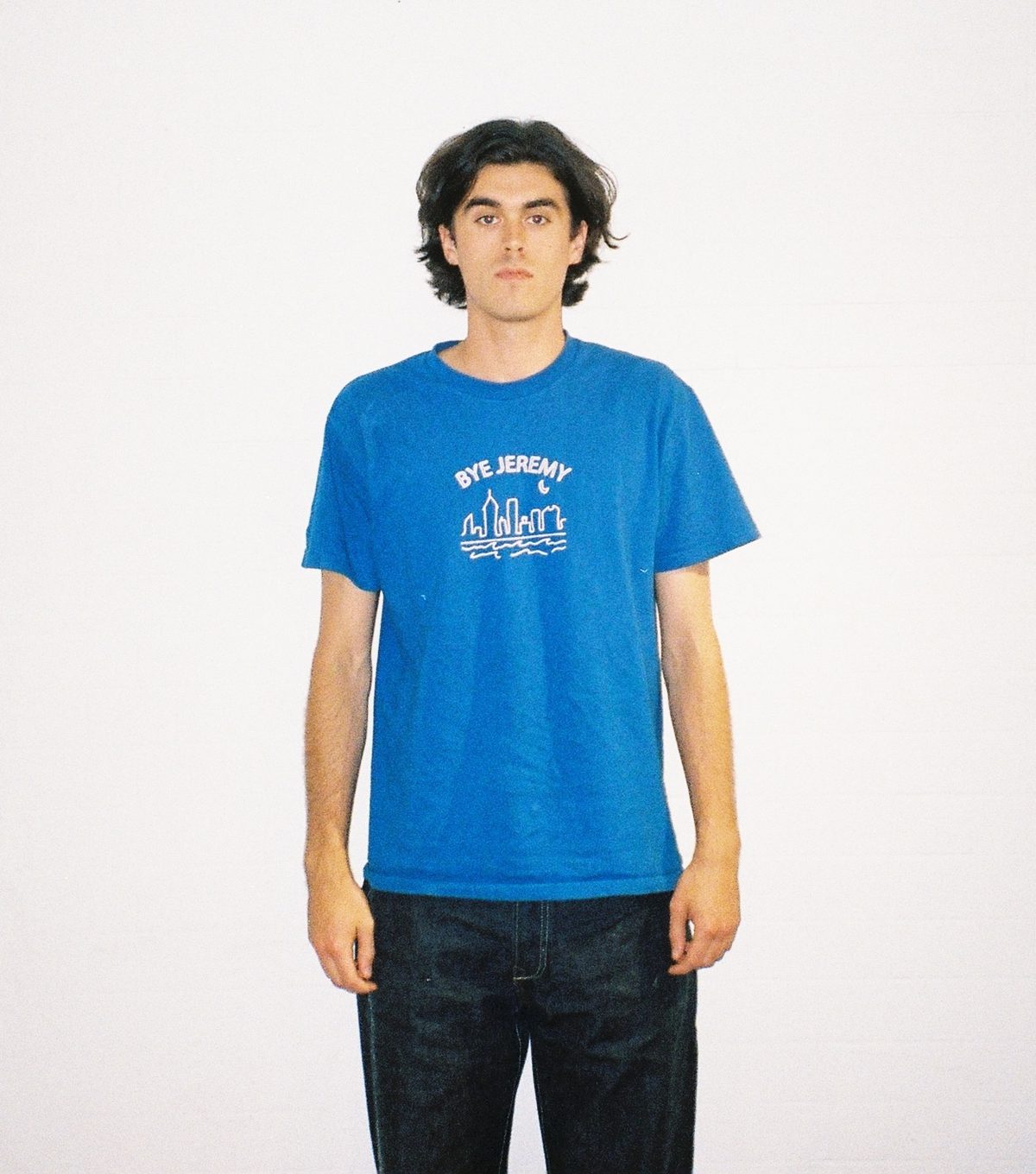 Owen
Owen
The surrealism which feels so inherent to PARADE is something they can all feel but can’t quite explain. The warped, reptilian forward motion of “Shaking Hands” traps Fiorella’s voice in an eternal loop: “In silence / It lives”; “Srar3” plays like the unleashing of darkness from opening an old music box. They sit beside The Caretaker in their command of ambience, and the stories they tell through sound are just as vivid as their words. “We use quite a lot of drones and repetition”, notes Callum. “It’s a style we’ve always been interested in, even when we were making stuff ten years ago – this cinematic thing.”
Talking about Lightning Hit the Trees is near impossible in a musical sense because they have all experienced and contributed to it so personally. But in their sprawling canon of influences, cinema is their place of consensus. Judy Garland is named, not only for her voice but for the aura of her performances. “I just think she’s got such sorrow, and what would be the word? A strange, beautiful voice where the unhappiness can be felt,” says Fiorella. “The tone of her voice speaks more than the words.” Toby adds, “You can tell, when you watch her films, that there’s so much being unsaid.”
Yottie and Toby also enthuse about Wim Wenders’ Wings of Desire (1987). “It’s observational, spiritual, a bit magic,” says Yottie. The film’s “simple beauty” is also what draws them to Jurgen Teller, another more abstract reference for their music. “I think that tone is reflected both in the music and in everyone’s individual expression,” he adds. “There’s a balance between it being magical and beautiful, and simple and somewhat complicated.”
The title of the mixtape is drawn from an abstract poem Owen had written about smelling burning wood and jumping into a lake, and with that came the motif of “a light with no shadow” which looms over many of the mixtape’s lyrics. There is no answer, only discussion, on what it means – a kind of pathetic fallacy, perhaps, that something is wrong. “Would you say a shadow is a reflection?” posits Fiorella. “Or is it the opposite of a reflection?” counters Isaac. Yottie starts to play the piano, and so it goes.
PARADE are at their best when they must work within their limits. Owen has had his amp since he was thirteen which was given to him by a rag and bone man; the interface Callum used for the production was very old; and the artwork for “Que?” and “Picking Flowers” has the quality of being taken under water - which was largely because of Yottie’s smashed phone camera.
On “Reach”, Yottie recalls saying to Louie, “Mate, record this using only a voice note. You have to do it, you have to do it!” The song is charged with the same hushed intimacy so particular to the form, like a whisper in your ear. At the end they reached an unspoken “universal understanding” that it needed to almost self-denote at the end with drums. Lightning Hit the Trees is full of these human finger smudges, handled by all of them.
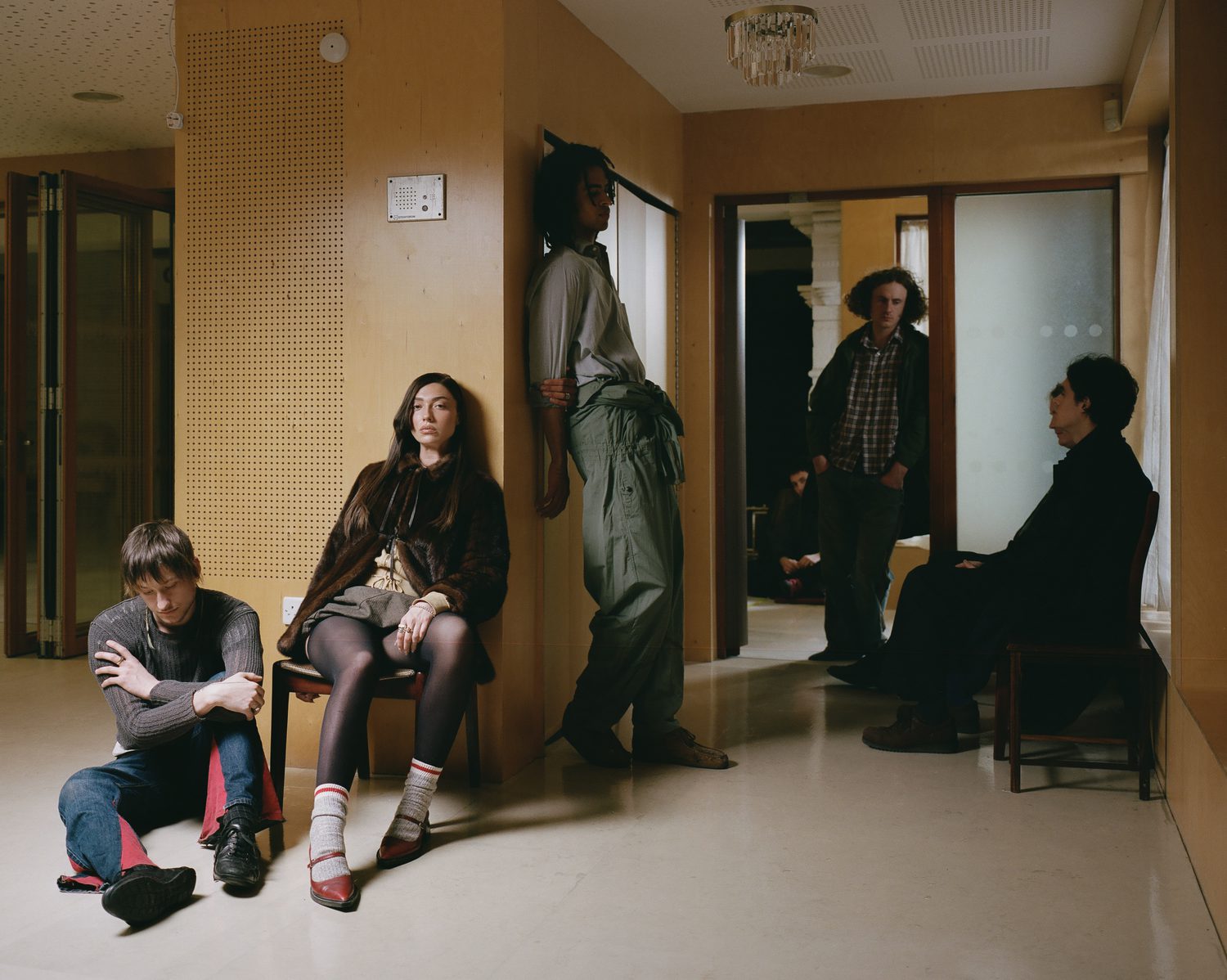
The mixtape is to be performed in full for the first time at West Norwood’s Portico Gallery, once a Victorian music hall where Charlie Chaplin had performed - as fitting a venue as any to see PARADE’s world articulated in reality. Beyond that, they’re ready to receive the next bolt from the blue. “We want to see how we can bring different creative fields together, what we can visualise and create alongside the music itself and see where that can take us,” says Owen. “We’re just starting to figure that out as we go along, which is the exciting bit.”
When Fiorella listens to “Picking Flowers”, she can still hear the shyness in her voice. “I think I’ve gained so much more confidence in just letting whatever comes out come out, despite it being a particular style,” says Fiorella. “This project has really deepened our bond. Connection and exploration is also so important for what we’re yet to make.”
The real challenge for PARADE is letting it go. What was a shared secret between collaborators and close friends is now surrendered to the world. “You know that Buddhist mandala thing where they draw a pattern in the sand and blow it away?” says Callum. “That’s how it feels when it happens. But I know that we will do it again.”

 1 month ago
23
1 month ago
23
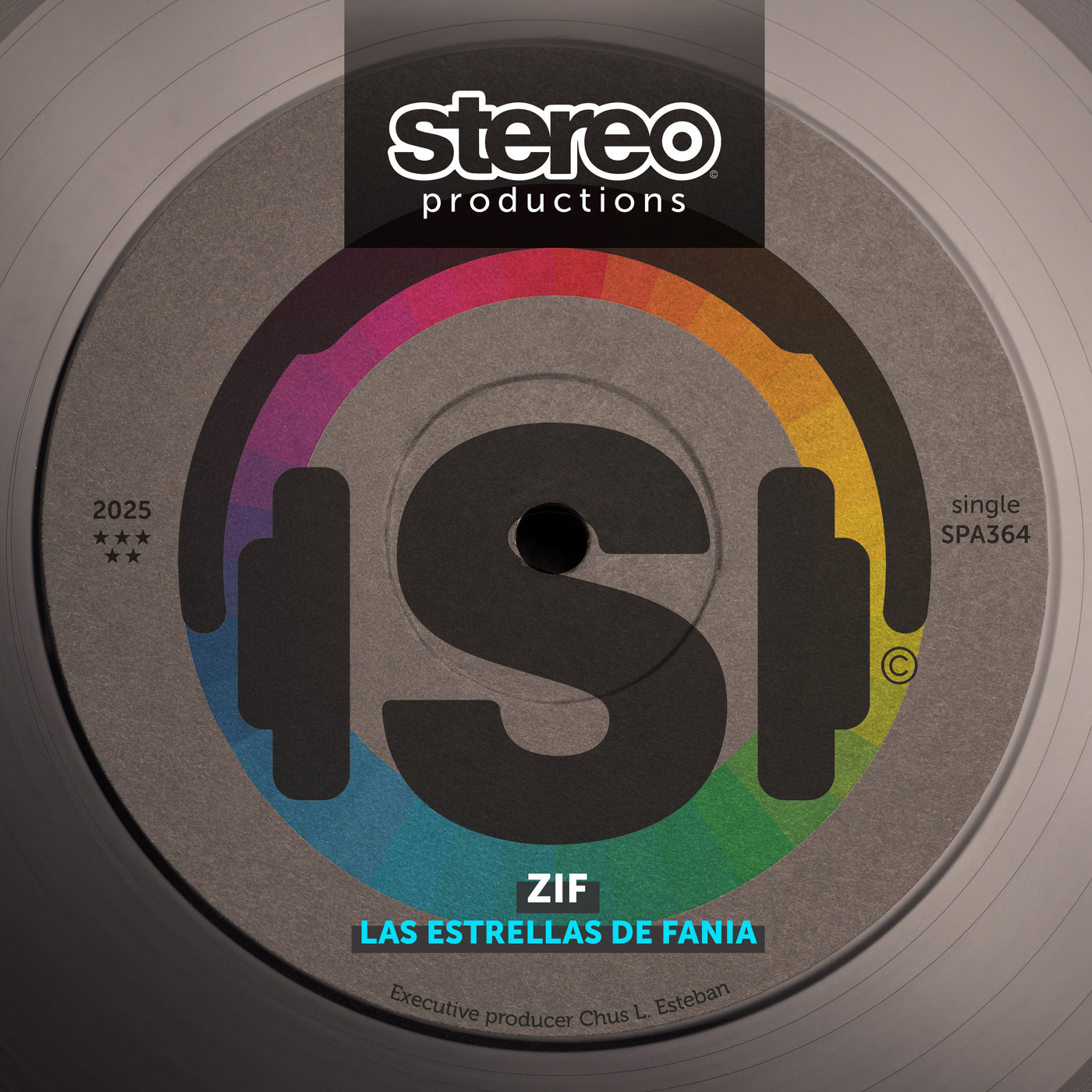
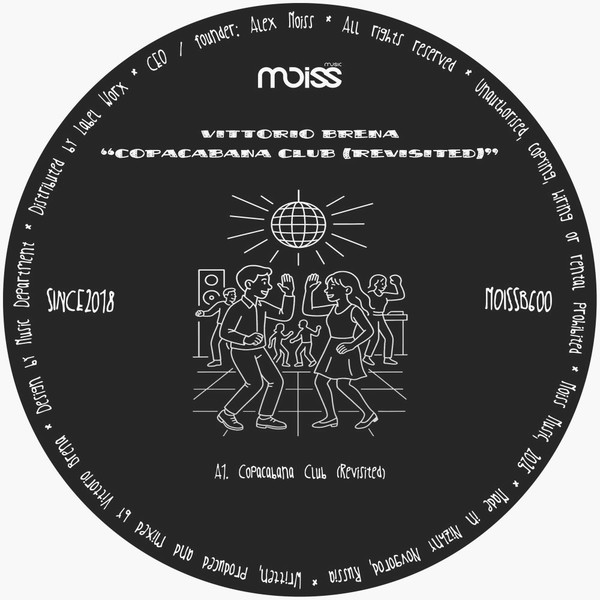
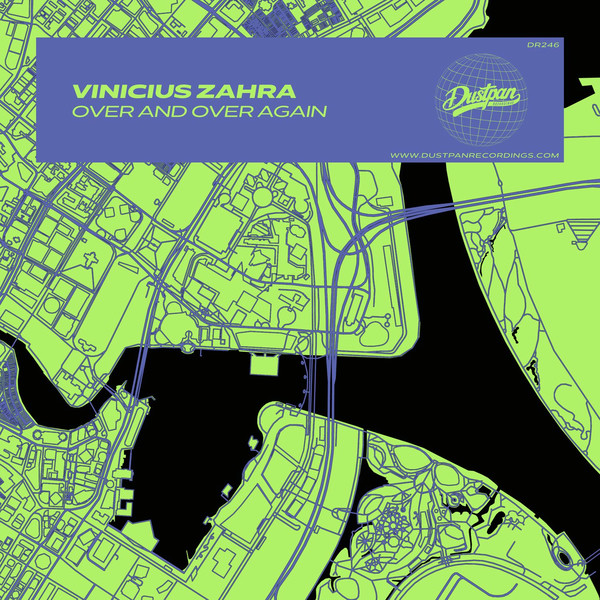
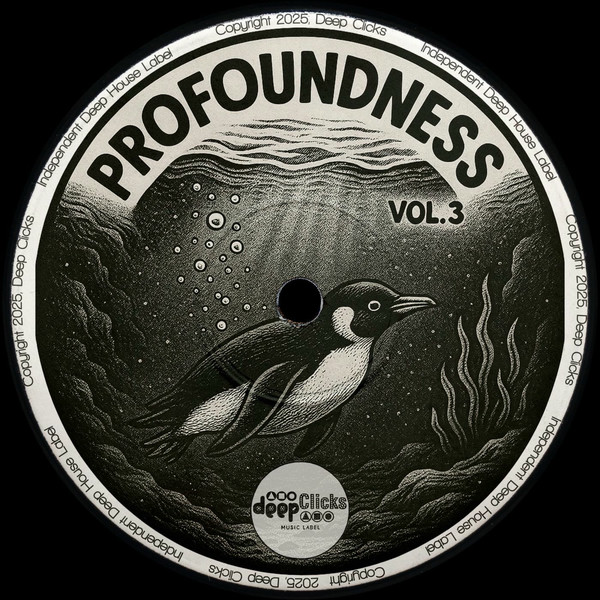
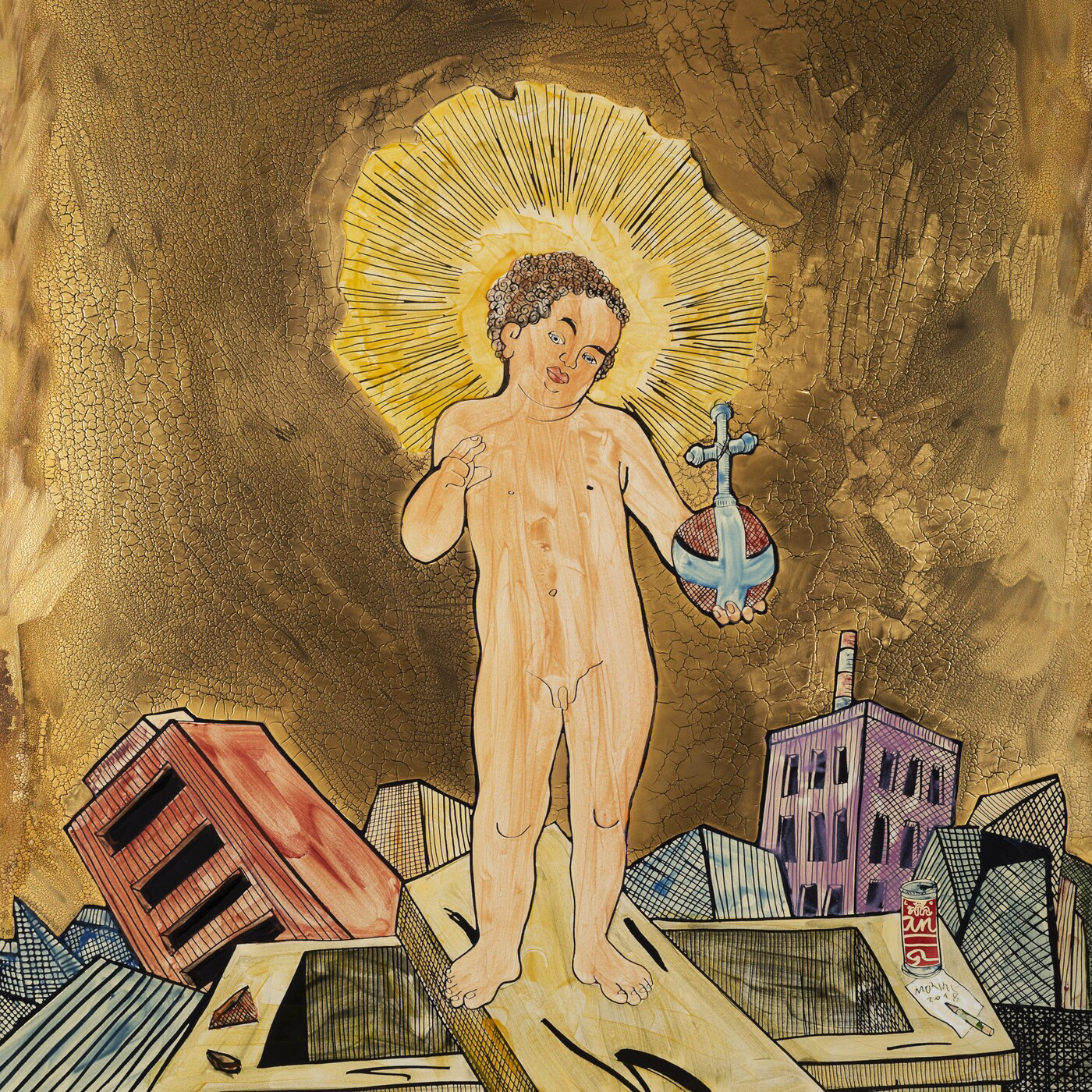
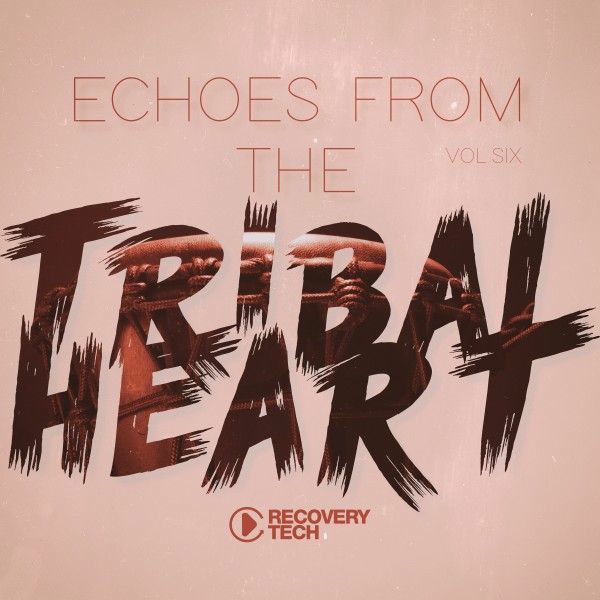



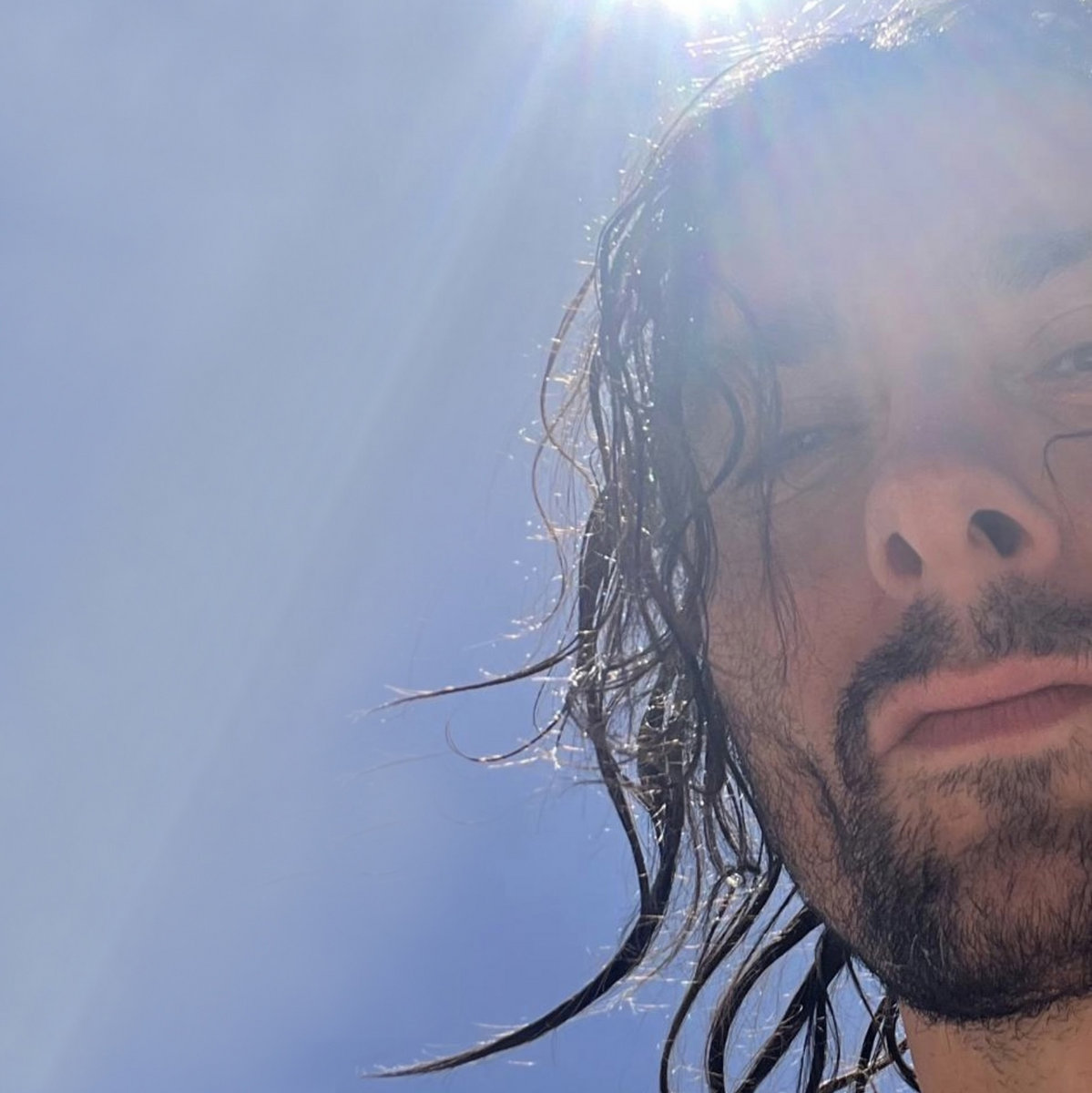





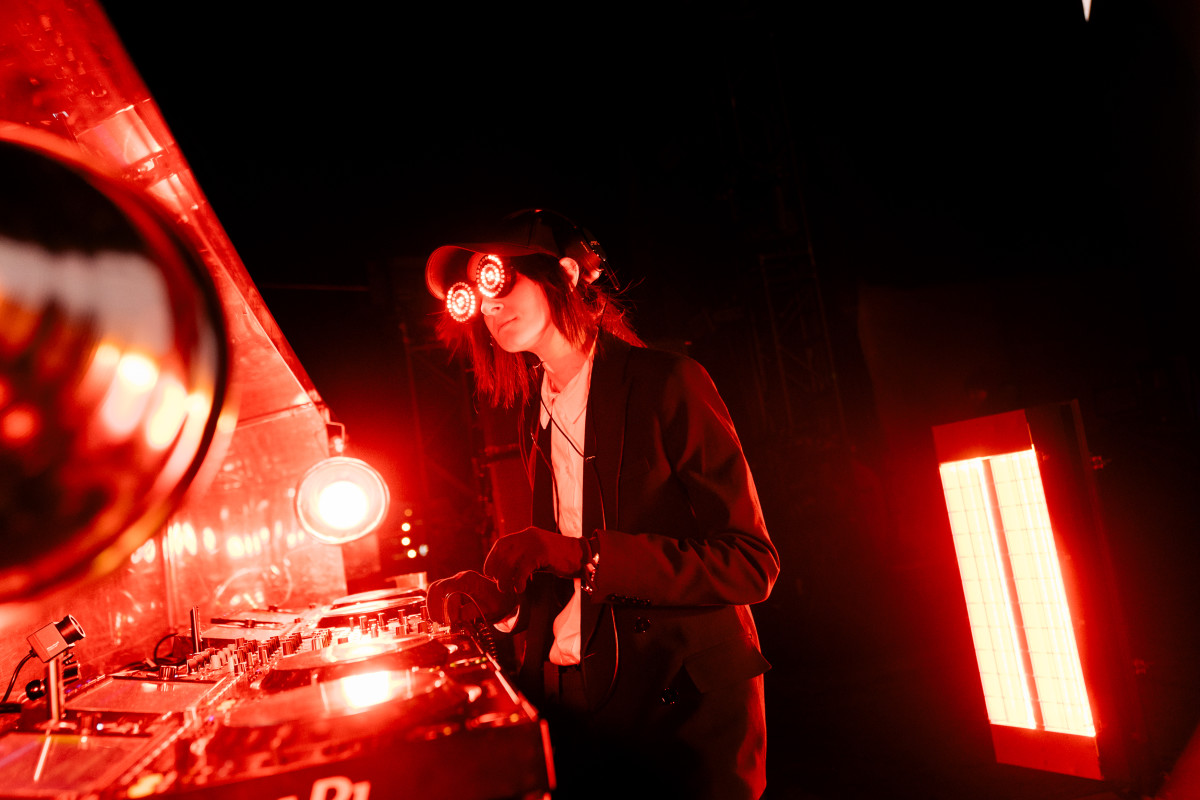

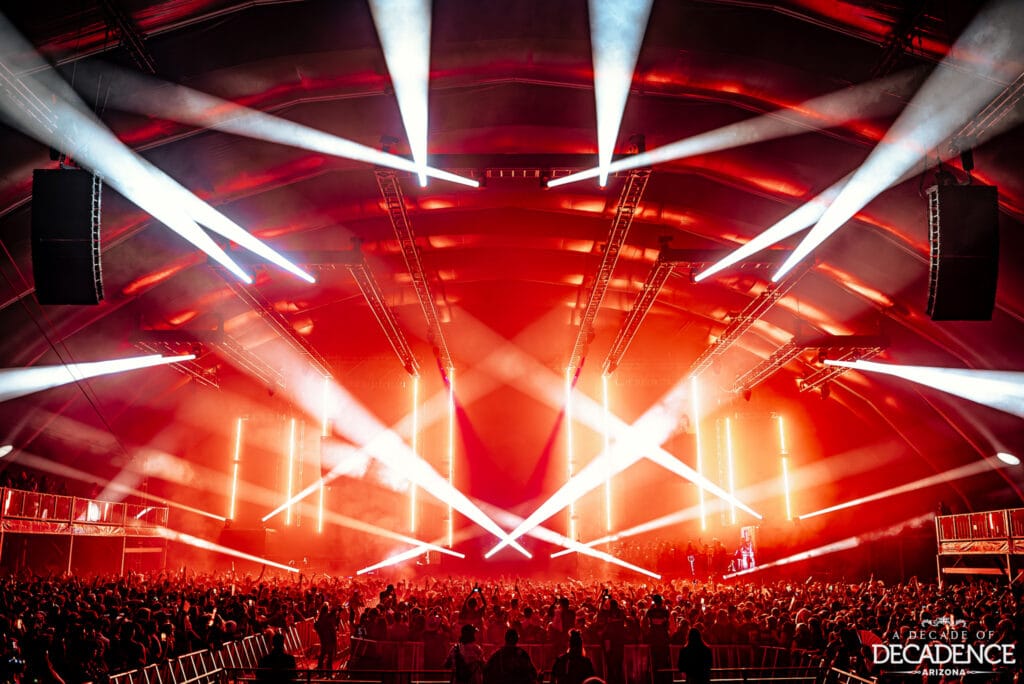
 English (US) ·
English (US) ·